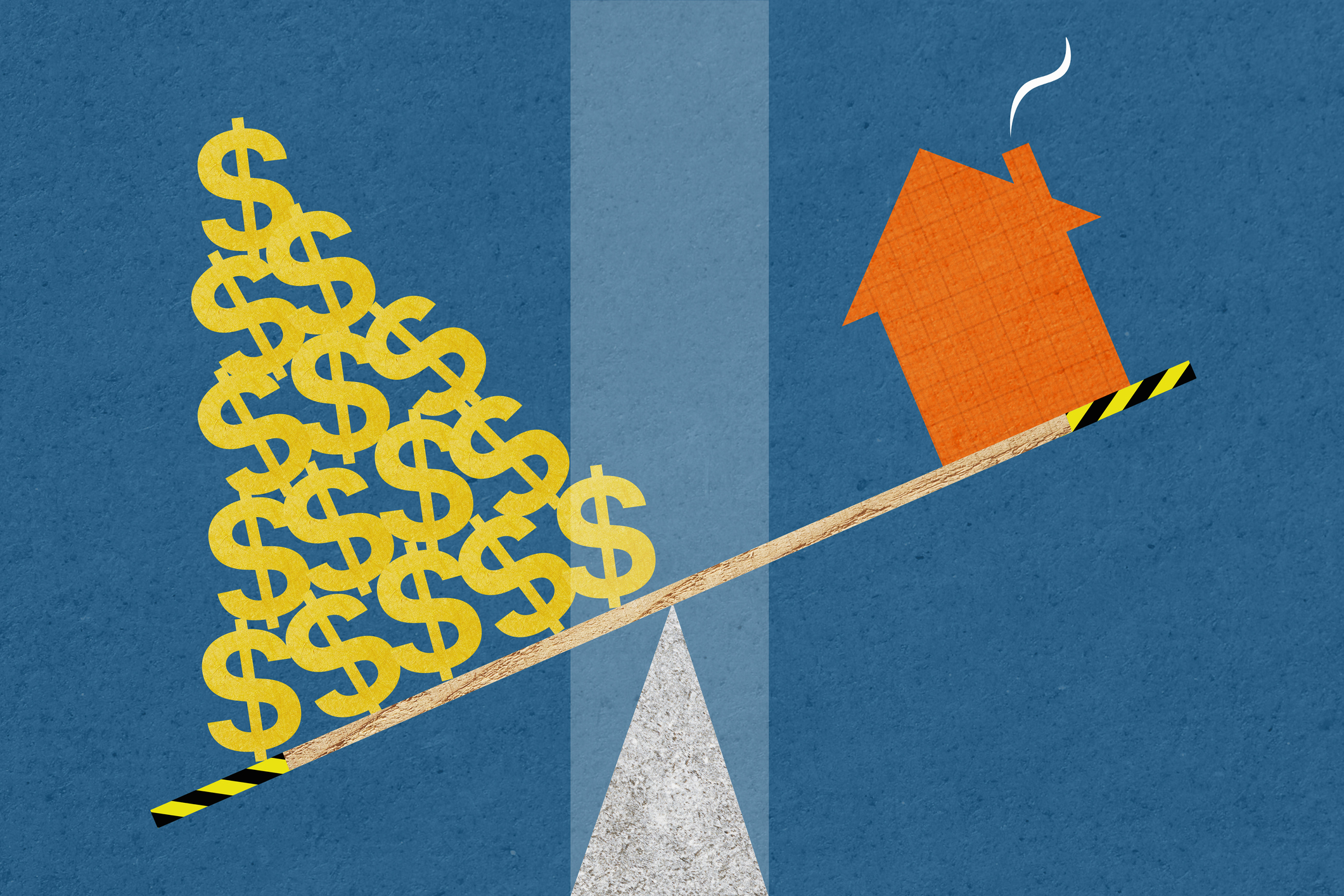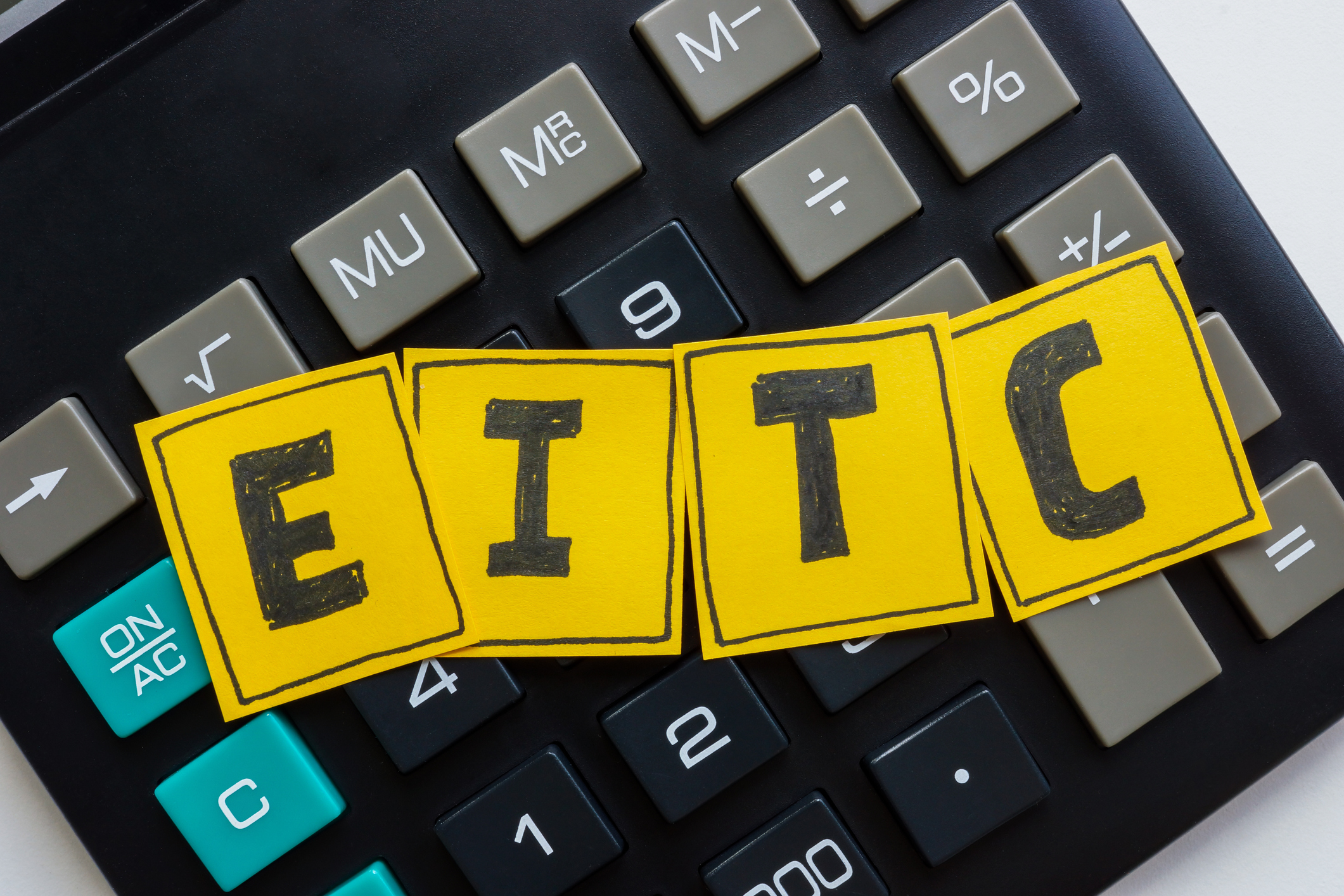Another Chance to Write Off Energy-Efficient Home Improvements
Congress revived the $500 tax credit for both 2012 and 2013.

Did the fiscal cliff law extend the tax credits for energy-efficient home improvements for 2013?
Yes it did. The law, which Congress passed on New Year’s Day, revived the tax credit for both 2012 and 2013. If you made any eligible improvements in 2012 -- after the credit expired -- dig up the receipts before you file your taxes for the year because you may get a tax break after all. And keep these rules in mind when planning home improvements for 2013:
You can receive up to $500 in total tax credits for eligible home improvements you’ve made since 2006 (including a $200 limit for windows). If you claimed the full credit for home improvements since then, you won’t be able to take the break again.

Sign up for Kiplinger’s Free E-Newsletters
Profit and prosper with the best of expert advice on investing, taxes, retirement, personal finance and more - straight to your e-mail.
Profit and prosper with the best of expert advice - straight to your e-mail.
If you are eligible, the tax break applies to 10% of the purchase price (not installation costs) of certain insulation materials, energy-efficient windows, external doors and skylights, and metal roofs with pigmented coating or asphalt roofs with cooling granules that meet Energy Star requirements (see the Environmental Protection Agency’s Energy Star Web site for details). You can count both materials and labor costs for certain central air conditioners, biomass stoves, electric heat pumps or electric heat pump water heaters that meet specific energy-efficient guidelines -- up to a maximum of $300 for each. You can count up to $150 for an eligible natural gas, propane or oil furnace or hot water boiler.
The items must meet specific energy-efficient requirements to qualify. See the Alliance to Save Energy tax credit page and the Tax Incentives Assistance Project for details. Keep your receipts and manufacturer’s certification of eligibility.
Some alternative-energy improvements qualify for larger tax credits. For improvements made by December 31, 2016, you can take a credit worth 30% of the cost of buying and installing certain alternative energy equipment, such as geothermal heat pumps, solar water heaters, solar panels, fuel cells and small wind-energy systems.
For more information about these tax breaks, see IRS Form 5695 Residential Energy Credits.
If you don’t qualify for the federal incentives, see if you can get any state breaks. For links to details about programs in each state, see the American Council for an Energy-Efficient Economy site. For a list of several state and utility programs, see the Tax Incentives Assistance Project.
Get Kiplinger Today newsletter — free
Profit and prosper with the best of Kiplinger's advice on investing, taxes, retirement, personal finance and much more. Delivered daily. Enter your email in the box and click Sign Me Up.

As the "Ask Kim" columnist for Kiplinger's Personal Finance, Lankford receives hundreds of personal finance questions from readers every month. She is the author of Rescue Your Financial Life (McGraw-Hill, 2003), The Insurance Maze: How You Can Save Money on Insurance -- and Still Get the Coverage You Need (Kaplan, 2006), Kiplinger's Ask Kim for Money Smart Solutions (Kaplan, 2007) and The Kiplinger/BBB Personal Finance Guide for Military Families. She is frequently featured as a financial expert on television and radio, including NBC's Today Show, CNN, CNBC and National Public Radio.
-
 The Best Places for LGBTQ People to Retire Abroad
The Best Places for LGBTQ People to Retire AbroadLGBTQ people can safely retire abroad, but they must know a country’s laws and level of support — going beyond the usual retirement considerations.
By Drew Limsky Published
-
 Financial Planning's Paradox: Balancing Riches and True Wealth
Financial Planning's Paradox: Balancing Riches and True WealthWhile enough money is important for financial security, it does not guarantee fulfillment. How can retirees and financial advisers keep their eye on the ball?
By Richard P. Himmer, PhD Published
-
 Did Florida’s Chance at $1,000 in Property Tax Rebates Vanish?
Did Florida’s Chance at $1,000 in Property Tax Rebates Vanish?State Taxes The Florida Legislature bypassed Gov. Ron DeSantis’ wish to cut property taxes and instead voted to lower the state’s sales tax.
By Gabriella Cruz-Martínez Published
-
 How Caregivers for Adults Can Save on Taxes in 2025
How Caregivers for Adults Can Save on Taxes in 2025Tax Breaks Caring for your parent or spouse can be stressful, but the IRS offers tax breaks for qualifying taxpayers. Here they are.
By Kate Schubel Published
-
 New South Carolina Income Tax Cut Might Eat Your Cash
New South Carolina Income Tax Cut Might Eat Your CashState Taxes South Carolina’s flat income tax bill could have the majority of residents paying higher income taxes. Find out how.
By Kate Schubel Published
-
 Tax-Deductible Home Improvements for Retirement in 2025
Tax-Deductible Home Improvements for Retirement in 2025Retirement Taxes Your aging-in-place plan could benefit from the medical expense tax deduction. But watch out for capital gains and property taxes.
By Kate Schubel Published
-
 New Colorado Tax Credit: What’s the Scoop?
New Colorado Tax Credit: What’s the Scoop?State Tax Everything you need to know about the Colorado family affordability tax credit in 2025.
By Kate Schubel Published
-
 Key Family Tax Breaks Are on the GOP Chopping Block This Year
Key Family Tax Breaks Are on the GOP Chopping Block This YearTax Credits Several tax breaks, including the Child Tax Credit, may face reforms or be cut entirely as lawmakers seek revenue for Trump’s tax plans.
By Gabriella Cruz-Martínez Last updated
-
 What's Going on With New Jersey Property Tax Programs?
What's Going on With New Jersey Property Tax Programs?Property Tax ANCHOR and ‘Senior Freeze’ just got a refresh, and there’s a new program: Stay NJ. Learn how to save on New Jersey property taxes.
By Kate Schubel Published
-
 Five States With the Largest EITC Checks
Five States With the Largest EITC ChecksEITC Households in these states received a larger Earned Income Tax Credit (EITC) last year.
By Gabriella Cruz-Martínez Published